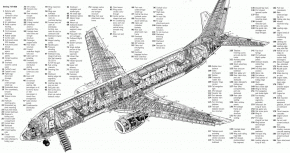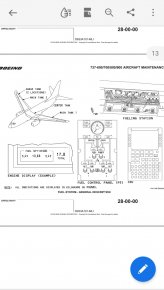Sandhi Yudha
Well-Known Member
Boeing will keep trying to do it with the 737 MAX.Absolutely agree, Boeing truly clustered with the 737 MAX, a bridge (way too) far! That being said, both Airbus and Boeing had huge pressures with their widebody and military projects resulting in a less than idea response to the C-Series( ( now A220). Fortunately for the duopoly, Bombardier screwed up in not making their design larger and along with horrible management they weren’t really a threat but still managed to freak the duopoly out. The A321LR and XLR family will eat Boeing’s lunch for 10-20 years, they have no fiscal resources to counter IMO.
The Return to Service of the MAX
Update 3 Aug 2020
The FAA said it is proposing an AD requiring four key Boeing 737 MAX design changes.
They are:
- Update FCC software
- Revise MDS software to generate AOA DISAGREE alerts
- Revise certain flight-crew operating procedures and
- Change the routing of some wiring bundles.
The announcement is significant but there are still other major steps, including finalizing pilot-training procedures, that must be completed before the 737 MAX can resume flights. The public has 45 days to comment on the changes and it is still unclear if flights will resume before the end of 2020.
The FAA said in a separate 96-page report released on Monday that it “has preliminarily determined that Boeing’s proposed changes to the 737 MAX design, flightcrew procedures and maintenance procedures effectively mitigate the airplane-related safety issues” in the two fatal crashes. The report is available here: https://www.faa.gov/news/media/attachments/737-MAX-RTS-Preliminary-Summary-v-1.pdf
Even if FAA definitive gives the green light, end this year or begin next year, it will take time for the DGCAs and airlines worldwide to process the modifications and certifications.
And even then, at the moment the requirement for airliners is at a historically low level.


